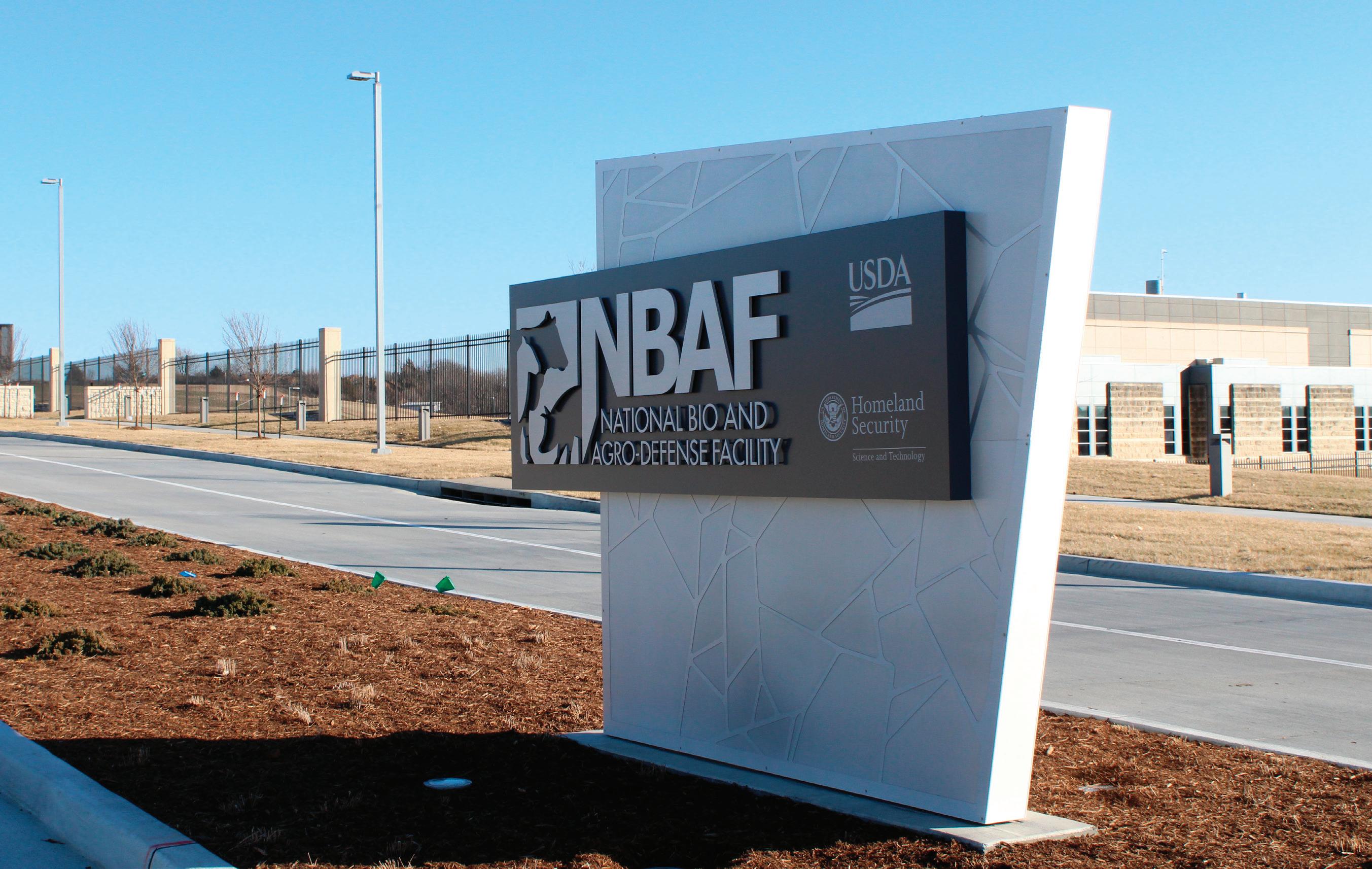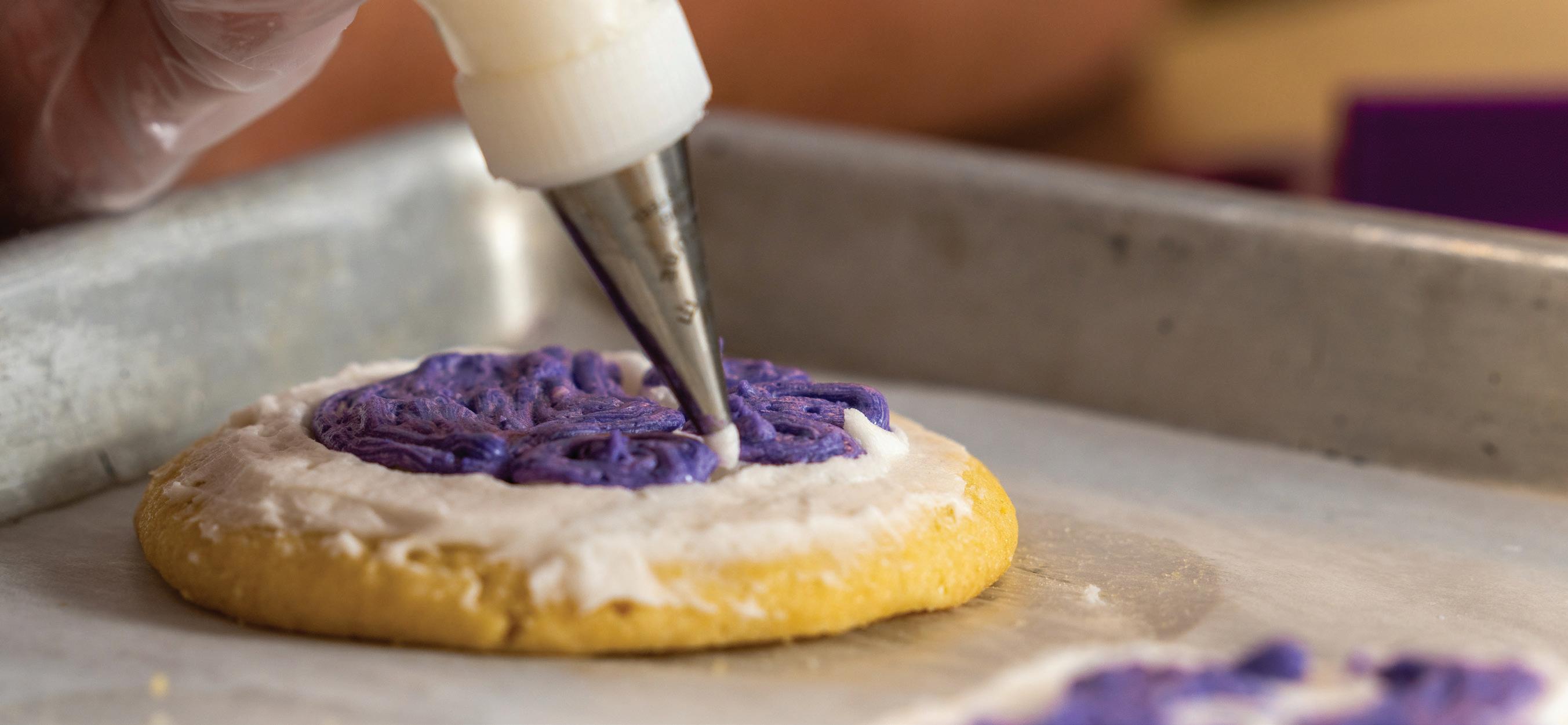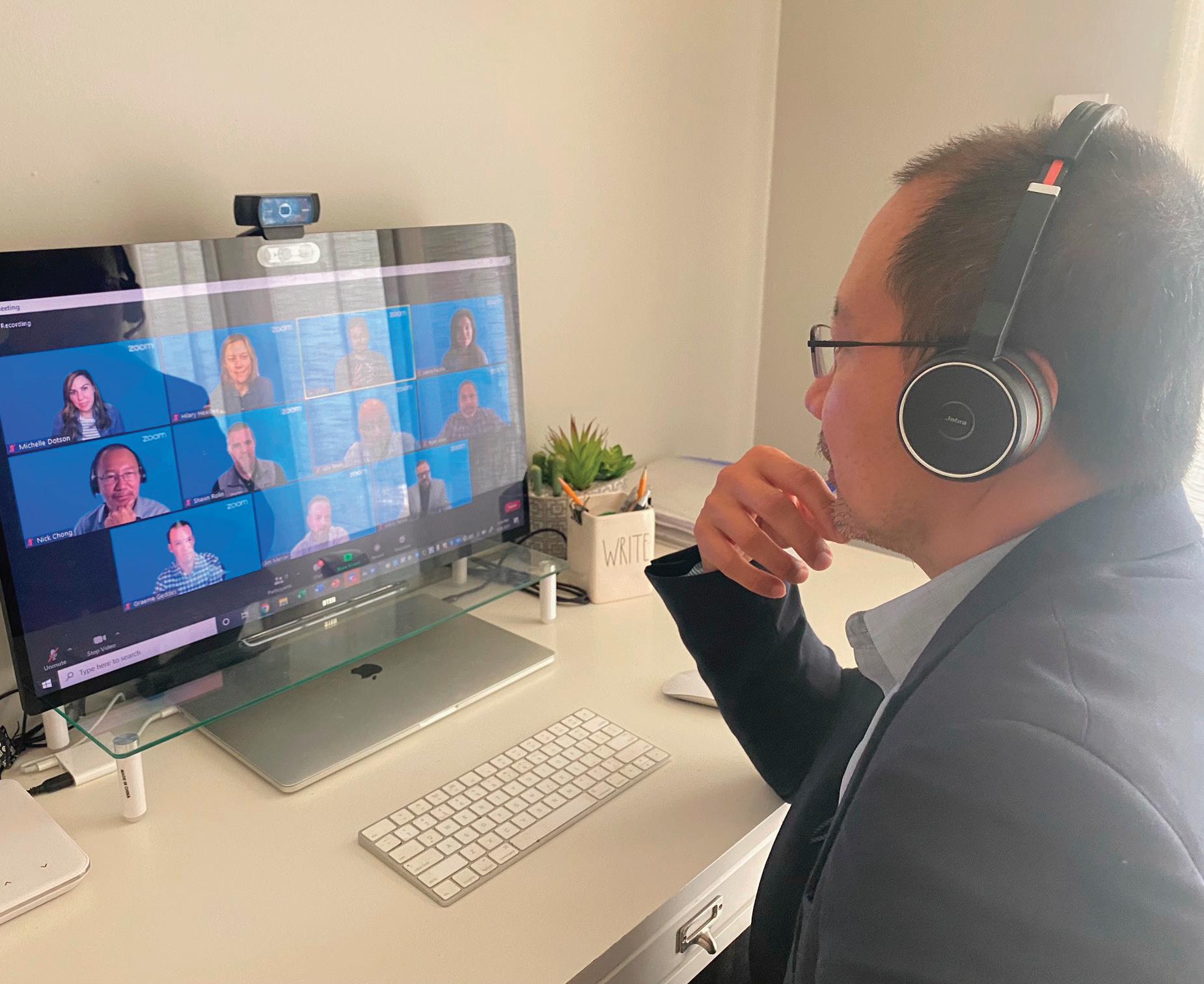
5 minute read
REMEMBERING 9/11
k-state presIdent rIchard myers ’65 shares unIque perspectIve on 20th annIversary
BY TIM SCHRAG ’12
Advertisement
A clear day in September 2001 started normally for K-State President Richard Myers ’65, then a U.S. Air Force general and vice chairman of the Joint Chiefs of Staff. He had a meeting on Capitol Hill with a senator. But that 11th day of September quickly turned into a career-defining one.
News of an accident at the World Trade Center in New York reached the senator’s office – 15 minutes later the second tower was hit and it was clear this was no accident.
The United States was under attack. The west wall of the Pentagon also would be hit.
Two decades later, that day still lives deep with Myers.
“I think this was a seminal event in our history,” Myers said. “And we can’t let it fade, you’ve got to keep the memory alive.”
The chairman of the Joint Chiefs was out of the country headed to a meeting at NATO. Myers instantly became acting chairman. He would spend most of the day at the National Military Command Center on the other side of the Pentagon working with Defense Secretary Donald Rumsfeld until the air quality deteriorated.
“We had to convince Secretary Rumsfeld to leave because he wasn’t about to leave,” Myers said. “He was a tough guy.”
Myers, along with the Secretary and the Joint Chiefs, raised the defense conditions to highest alerts of U.S. forces, placing the Army, Navy, Marine Corps and Air Force at combat readiness.
Over the course of the attacks, leaders became aware of United Airlines Flight 93 before it was downed. Myers recalled the discussion of how to respond. Passengers would attempt to subdue hijackers on Flight 93, resulting in a crash in a field in Somerset County, Pennsylvania, which prevented a fourth attack.
“The question became, so what do you do with that hijacked airliner that’s heading towards Washington, D.C.?” Myers said. “Do you just let it proceed and crash into its target? Killing everybody on board, probably a lot of people on the ground or do you shoot it down, its filled with American civilians and probably other nationalities as well. Do you shoot it down and kill them before you even know for sure what the intentions are? And if you do that, then what’s the fallout on the ground? A big airliner coming down and lots of heavy parts? That could hurt people
on the ground too. So there are no good answers here. But we wrestled with that for a long time. We designed a set of rules that would govern that kind of engagement. Fortunately, they didn’t have to implement that.” He also remembers at the end of the day preparing to leave; in his office he went to grab his jacket from the closet. “The closet really smelled like smoke,” he said. “Smoke had permeated a lot of the building by then; I thought I ought to take my uniforms and get them cleaned. They really reeked of smoke. And then I thought, I don’t think so, I’m going to leave them here to remind me of the fact that nobody had anticipated this attack from within.” “And we can’t let it fade, you’ve got to keep the memory alive.” What kept him grounded during all of this, Myers said, are his
The chairman of the Joint Chiefs was out of the key values. Things like his upbringing, his family, his ROTC country headed to a meeting at NATO. Myers training at K-State and his engineering background. instantly became acting chairman. He would “All that kind of adds up, of course, to who you spend most of the day at the National are and your values system and your abilities,” Myers said. “I would say there’s probably a lot other side of the Pentagon working with of K-State in me, as I’m sitting there on 9/11, Defense Secretary Donald Rumsfeld until working with Secretary Rumsfeld trying to figure out the puzzle. I think that’s true for all
“We had to convince Secretary Rumsfeld cases, we’re kind of a product of everybody we to leave because he wasn’t about to leave,” interact with.” The day would set the stage for his next role as
Myers, along with the Secretary and the chairman of the Joint Chiefs of Staff. Joint Chiefs, raised the defense conditions to “I was sworn in as chairman on Oct. 1 and seven days later, we’re at war in Afghanistan,” Myers said. “And the pace never slowed down. Two years later we’re at war in Iraq prosecuting a global war on terrorism and helping other countries deal with global pockets of terrorists in their own countries. So it was certainly career-defining.” Myers said it’s important to continue to remember this moment in history. Each year he attends several memorials and tributes. His wife, Mary Jo Rupp Myers ’64, is the sponsor of the USS Somerset, a San Antonio Class battleship, named in honor of the heroes of Flight 93. As a gift to honor their legacy she produced a quilt that is prominently on display onboard the ship to pay respect to their lives. “I think the way we really honor them is just remember and try to be ready for things that we think are even far out possibilities,” Myers said. “We’ve got a lot of great people in uniform doing that.”
What kept him grounded during all of this, Myers said, are his key values. Things like his upbringing, his family, his ROTC training at K-State and his engineering background. “All that kind of adds up, of course, to who you are and your values system and your abilities,” Myers said. “I would say there’s probably a lot of K-State in me, as I’m sitting there on 9/11, working with Secretary Rumsfeld trying to figure out the puzzle. I think that’s true for all cases, we’re kind of a product of everybody we interact with.” The day would set the stage for his next role as chairman of the Joint Chiefs of Staff. “I was sworn in as chairman on Oct. 1 and










